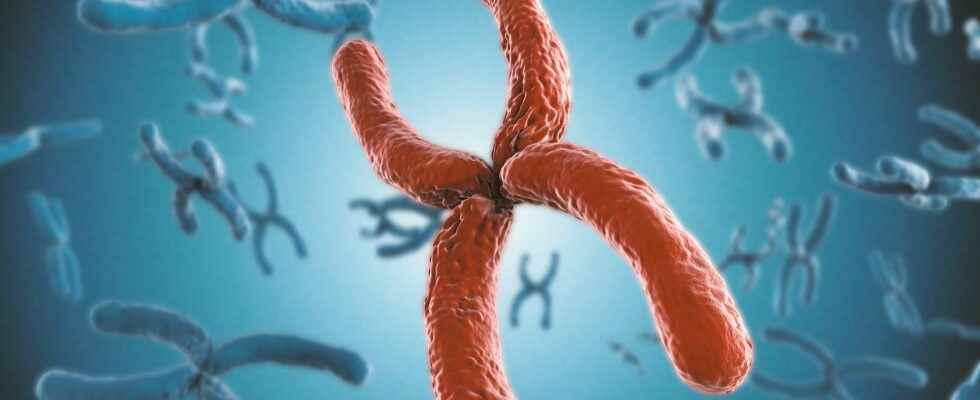Pathology that can lead to symptoms neurological and hepatic, Wilson’s disease, first described in 1912 by a British neurologist, is a genetic disease leading to an accumulation of copper in the organism. Transmission autosomal recessive (both parents must be carriers of the embarrassed altered), it is considered a rare condition and concerns a few hundred people in France.
Mechanisms of Wilson’s disease
Copper is a trace element provided by food. It plays an important role as a cofactor of certain enzymes and intervenes in the metabolism from glucosein bone mineralization and in the regulation of neurotransmitters. Absorbed in the digestive tract, it circulates in the blood, bound to a protein. Under normal physiological conditions, excess copper is eliminated in the bile.
Wilson’s disease results from the alteration of a gene carried by the chromosome 13 which affects a transmembrane protein, the ATP7B protein, responsible for the transport of copper in the body and its elimination by the liver cells (via bile). The accumulation of copper in the liver leads to the formation of free radicals which damage the hepatocytes, then its diffusion and its deposition in other organs such as the brain. Hepatic and neurological manifestations will therefore be present.
Wilson’s disease symptoms and treatment
The pose of the diagnostic is helped by the presence at the level of the cornea of a brown ring, the Kayser-Fleischer ring, a consequence of the deposit of copper in theeye. The biological diagnosis is based on an increase in free copper concentrations and a decrease in ceruloplasmin (protein transporting copper in the blood). Hepatosplenomegaly, renal failure, hemolytic anemia can complete the picture.
The first symptoms are generally hepatic, and appear as a hepatitis acute, which can in the long term evolve into cirrhosis. at theadolescenceneurological disorders can appear in the form of tremors, motor dysfunctions and psychiatric disorders.
Treatment is based on a supply of penicillamine, which binds to copper, zinc (limiting the reabsorption of copper by the kidney). In cases of severe liver failure, a transplantation can be offered.
You will also be interested
Interested in what you just read?
